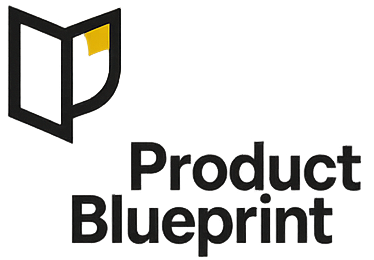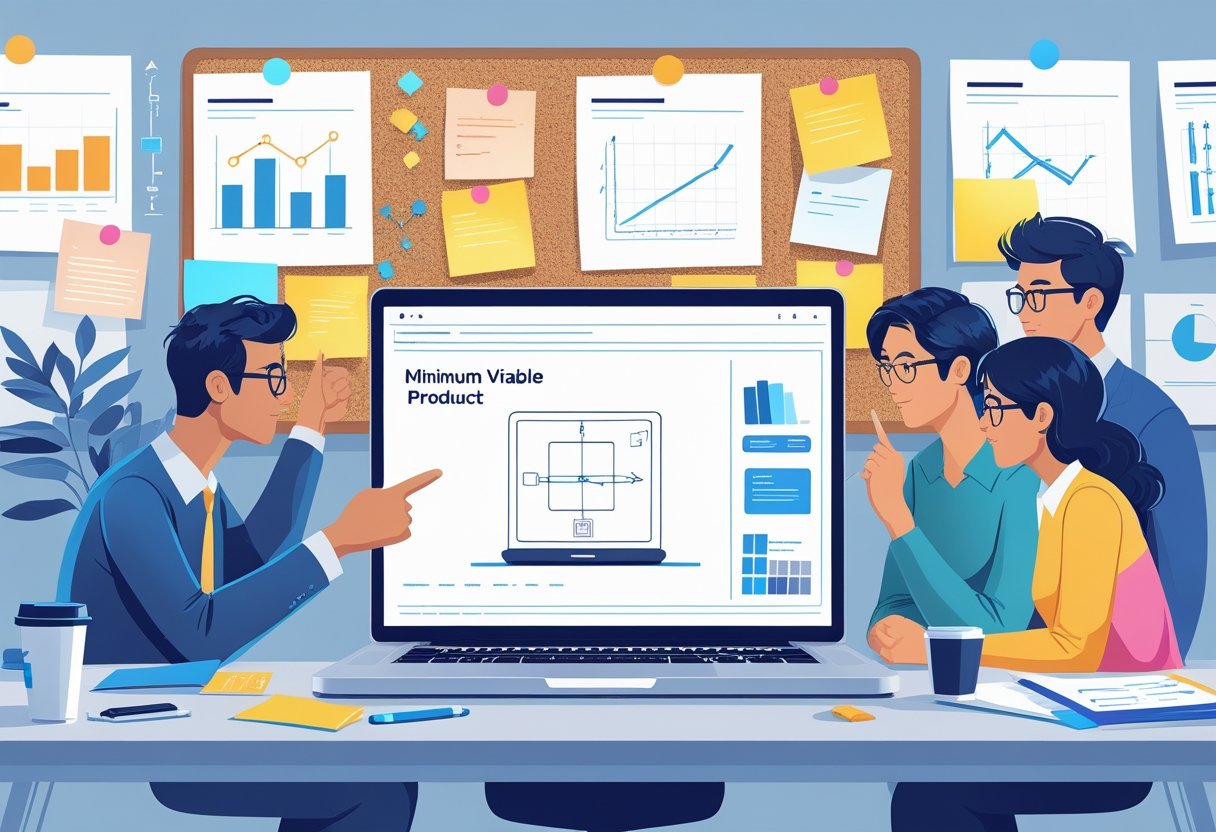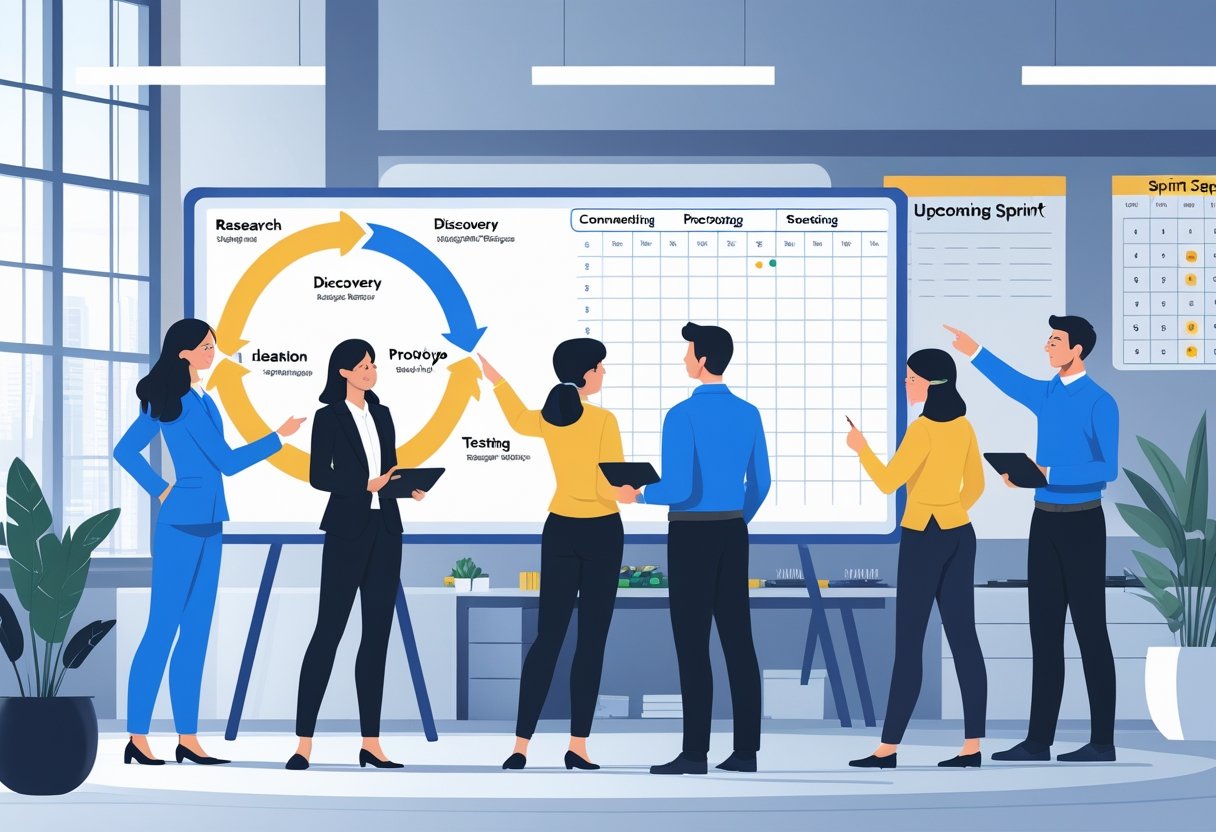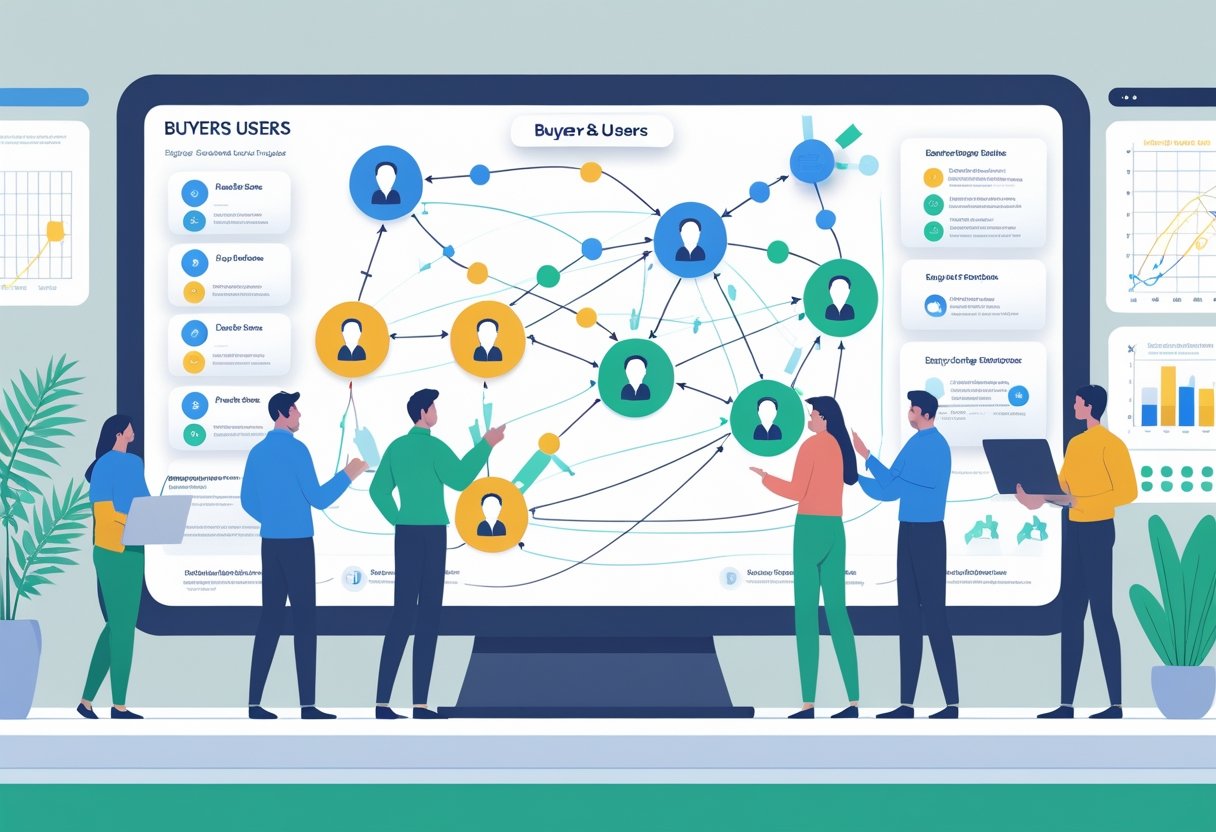TL;DR
A minimum viable product (MVP) gives users real value right from day one. They shouldn’t need hand-holding to get something useful out of it.
The MVP approach is all about creating a thin, focused slice that solves one specific job well. No fluff, no extras—just the core thing, done right.
Day-1 usefulness directly impacts user retention. If you make it easier for people to get value fast, you usually see better D7 and D30 retention rates.
Key MVP Requirements:
- One clear user job
- One simple path to complete it
- Real data and functionality
- Strong performance and reliability
- Clear success metrics
Before shipping, run through a Viability Checklist. If any must-have feature isn’t there yet, keep iterating or try a dark-launch first.
Leading metrics matter most for measuring MVP success:
- Time-to-first-value (TTFV)
- Task completion rates
- User activation metrics
Elasticity models can help predict impact before a full rollout. These models help you decide if your MVP is actually ready for the real world.
What “viable” really means
Viable means your product delivers value from the start. Users can succeed without getting stuck or needing extra help.
Key requirements for viable products:
- Usability – easy to understand and use
- Reliability – works consistently
- Performance – runs at acceptable speed
- Safety – protects user data and privacy
- Supportability – we can fix issues quickly
If you don’t have to apologize for basic problems, that’s a good sign your product is viable.
Why day-1 usefulness links to retention
Activation is what bridges sign-up and long-term value. When users hit value quickly and reliably, they tend to come back.
Simple model:
- Let A be activation rate (users who complete the core job in week 1)
- Let R₃₀ be 30-day retention
- Many products show elasticity between activation and D30 retention: ΔR₃₀ ≈ ε × ΔA where ε is 0.20–0.40
Worked example: If you improve activation from 40% → 48% (ΔA = +8 pts) and use ε = 0.3, you’ll see ΔR₃₀ ≈ +2.4 pts.
With 50k monthly actives and ARPU $8/month, that’s about +1,200 retained × $8 = $9.6k/month before other ripple effects.
If you’re a startup chasing product-market fit, focus early development on helping users complete their core job in week one.
The viability dimensions (keep it short, real, testable)
There are six core dimensions that make products viable. Each one needs clear metrics and testable criteria.
Core job solved starts with a simple statement: “When X, I want to Y, so I can Z.” Set specific criteria like “invoice paid in under 24 hours.” It gives you targets for feedback and validation.
Time-to-first-value means users see value fast. Aim for under 5 minutes for self-serve products, under 1 day for B2B setup. Sample data and guided steps help avoid blank-state problems.
Reliability and performance need hard numbers. Set p95 latency thresholds and crash-free targets. Rollback plans and error budgets guide your learning cycles.
Ease and clarity means one happy path. Use clear microcopy and sensible defaults. Onboarding should remove decisions, not pile on tooltips.
Safety and compliance cover privacy, consent, and accessibility. Log everything for audits and keep keyboard navigation working.
Business viability includes basic pricing logic and guardrails. Track margins above 60% and refund rates below 5%. This data helps steer your next steps.
The thin slice: ship a wedge, not a wireframe
A real MVP goes deep into one use case instead of skimming the surface on everything. Focus on one persona, one job, one path with clear success and failure states.
What belongs in your wedge:
- A working flow with real or representative data
- TTFV < target with p95 latency and reliability within guardrails
- Minimal analytics to prove the job was done
- Self-serve onboarding or one documented manual step
- Clear decision rule: “If activation < +5 pts by date, kill or pivot”
What stays out:
- Placeholder screens that need human help
- Redesigns that don’t change outcomes
- Features for edge personas you won’t support
This core functionality approach beats concept videos every time. Ship something users can actually complete their job with, not just something that looks finished but falls apart when used.
B2B example (payments): “Instant Payouts Lite”
We built a feature for small merchants who need cash the same day after finishing work. That helps them avoid cash-flow gaps that can really sting.
Our initial slice included:
- Same-day payouts for card settlements up to $2,000
- Two partner banks
- Business hours only
Merchants could click Enable, confirm their bank, and get funds the same day. We set strict guardrails to protect the business.
Key metrics we tracked:
- Payout failure rate below 0.8%
- Profit margin above 62%
- Fraud false-positive rate under 1%
Our decision rule was simple: if 25% or more eligible merchants enabled the feature and refund rates stayed the same by week three, we’d expand the limit to $5,000.
B2C example (fitness): “7-Day Starter Streak”
We created a fitness app feature to help new users build workout habits. The plan gives users one simple task each day for seven days straight.
Each task takes less than two minutes. Users get one reminder notification per day and can see their progress with a visual bar.
We tested this with early adopters during the product launch phase. Our concierge MVP method let us manually guide users through their first week.
The feature lets users skip days without losing their streak completely. We set strict rules: keep app crashes below 0.4% and notification opt-outs at normal levels.
Our decision rule was clear—if Day-7 completion rates improved by 8 points, we’d release to all users.
A short playbook to get there (week-long)
Start by picking one job users really need done. Get proof through interviews and usage logs to make sure it’s real.
Write your success spec with clear metrics and TTFV targets. Set guardrails to protect users.
Design a simple wedge with one path, sample data, and smart defaults. Don’t forget to plan for error states.
Before launch, add tracking events and monitors. This agile development style helps you see results fast.
First, dark-launch to 5% of users. Expand based on what you learn from the data.
Trade-offs you will face (and how to choose)
Each launch approach serves different business objectives and lets you learn in different ways.
Dark-launch is best when operational risks matter. You’ll get real user signals with minimal blast radius. Visibility stays low, but you can add “request access” for power users if you want.
Public beta works when you need broad feedback fast. It creates buzz and moves quickly. The main risk is support load, so cap invites and set clear exit criteria.
Wizard onboarding helps if setup is complex. Users find value faster with guided flows. They might feel overwhelmed, so pre-fill sample data and pick smart defaults.
Self-serve only fits small business and product-led growth. It scales quickly but doesn’t work for enterprise. Document a “sales-assist” path for larger customers.
Copy-ready asset: MVP Viability Checklist & Scorecard
A) One-page checklist (paste into your doc)
MVP: < Name > Owner: < PM > Date: < YYYY-MM-DD >
Core job (one sentence): Success metric (leading): < activation / task success / TTFV > Target & date: Impact metric (lagging): < D30 retention / revenue / margin > Target & date:
VIABILITY (must-haves)
- Day-1 usefulness: user can complete the core job in one session
- TTFV ≤ < target > (e.g., 5 min self-serve; 1 day setup)
- Reliability: crash-free ≥ < threshold > ; p95 latency ≤ < ms >
- Safety: privacy, consent, accessibility (keyboard, contrast, focus)
- Supportability: runbook + top-5 FAQs; monitoring + alerts live
- Analytics: events for start/complete + TTFV; dashboard link
SHOULD-HAVES (score 0–3 each)
- ( ) Onboarding clarity (defaults, sample data)
- ( ) Error/empty states (non-dead-ends)
- ( ) Simple pricing/metering path
- ( ) Docs/help snippet in-flow
- ( ) Rollback plan validated
SCORE Should-have subtotal: __ / 15 | Gate: ship if all must-haves = yes and subtotal ≥ 10
DECISION RULE By < date >: if < leading metric > ≥ < threshold > → expand; else < pivot/kill >.
B) Elasticity quick-calc (optional)
Inputs:
- Baseline activation A0 = __ %
- Target activation A1 = __ %
- Elasticity ε (A → D30) = 0.__ (range 0.20–0.40)
Forecast:
ΔA = A1 – A0 → ΔR30 ≈ ε × ΔA.
Expected retained users/month = ΔR30 × MAU
Backstop:
If guardrails get breached, auto-rollback kicks in.
Pitfalls & better alternatives
Teams often ship half-baked products as MVPs that need humans to keep them running. Instead, we should either add the missing automation or cut scope until the product actually works end-to-end.
Blank states tend to leave a lousy first impression. Let’s seed products with some sample data and strong defaults right out of the gate.
Common mistakes include:
- Chasing pixel-perfect designs over real outcomes
- Launching without rollback plans
- Treating launch day as success
- Ignoring ethics and accessibility
Measure time to first value and task success rates, not just how things look. Every launch needs a kill switch and a clear revert path, no exceptions.
Success means moving specific metrics by set dates. We need to spell out these rules in our specs from the start.
Ethical launches need explicit consent, good contrast ratios, keyboard navigation, and clear unsubscribe options. No shortcuts here.
Mini FAQ
What’s the real purpose of an MVP?
It’s about learning through actual use—not just shipping anything. A truly viable product gives us real feedback instead of just stories.
How do we know when something is truly minimal?
Stick to one core job, one persona, and one path. If we’re solving two jobs, we’ve already gone too far.
What about markets that demand enterprise features?
We focus the wedge on one segment and set strict guardrails. Expansion only comes after proof, not before.
Should we charge money for our MVP?
If it delivers real value on day one, yeah, we charge. Intro pricing or usage caps can help reduce risk if we’re worried.
What happens if we completely miss our target?
We follow our decision rule—pivot or kill the project. Keep the decision log, and next time, try a different wedge.
Front matter (YAML)
We use YAML front matter to set up our minimum viable product documentation. The front matter sits at the top of our markdown files between triple dashes.
---
title: "Building Your First MVP"
description: "A guide to creating minimum viable products"
date: 2025-08-29
author: "Product Team"
tags: ["mvp", "product development", "startup"]
category: "product-management"
draft: false
---Basic fields help organize our content. We include the title, description, and publication date in every file.
The tags section lets us group related MVP content.
Common tags include “lean startup,” “user testing,” and “product validation.” Sometimes it’s tempting to add too many, but just pick what actually fits.
tags:
- mvp
- lean-startup
- user-validation
- product-testingWe set the category field to sort our articles. Product management, development, and business strategy work well for MVP content.
Boolean fields control how our content appears. We use draft: false to publish articles and featured: true to highlight important pieces.
featured: true
draft: false
published: trueCustom fields help track our MVP projects. We add fields for target users, key metrics, and development stage.
target_audience: "early adopters"
key_metrics: ["user signups", "engagement rate"]
mvp_stage: "testing"
budget_range: "low"The layout field controls which template our content uses. We choose “post” for articles and “guide” for step-by-step instructions.
